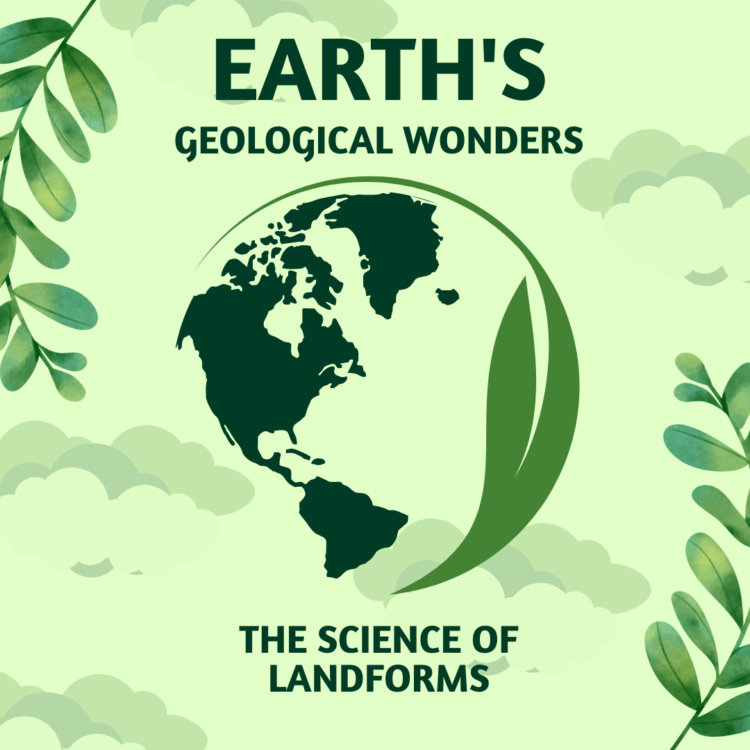Earth’s geological wonders are natural features that have formed over millions of years through various geological processes. These landforms are the result of interactions between Earth’s lithosphere, hydrosphere, atmosphere, and sometimes even the biosphere. Let’s explore some of these geological wonders and the science behind their formation:
1. Mountains:
Science
Mountains are typically formed by the collision of tectonic plates. When two plates converge, they can push against each other, causing the Earth’s crust to fold and uplift, creating mountain ranges.
Examples
The Himalayas, the Andes, and the Rocky Mountains.
2. Canyons:
Science
Canyons are often carved by the erosive power of water, wind, or ice over long periods. Rivers and their tributaries can cut through rock layers, creating deep and steep-walled canyons.
Examples
The Grand Canyon in the United States and the Fish River Canyon in Namibia.
3. Volcanoes:
Science
Volcanoes are formed when molten rock (magma), gas, and ash escape from beneath the Earth’s surface. When these materials erupt, they can create volcanic mountains and islands.
Examples
Mount St. Helens in the United States, Mount Fuji in Japan, and Mauna Loa in Hawaii.
4. Caves:
Science
Caves are often formed by the dissolution of soluble rocks like limestone and gypsum by water. Over time, underground cavities are created, and stalactites and stalagmites may form from mineral deposits.
Examples
Carlsbad Caverns in the United States and the Waitomo Glowworm Caves in New Zealand.
5. Deserts:
Science
Deserts are regions characterized by arid conditions, with low precipitation. Their formation can be influenced by factors such as global wind patterns, the rain shadow effect, and the presence of high-pressure systems.
Examples
The Sahara Desert in Africa, the Atacama Desert in South America, and the Arabian Desert in Asia.
6. Plateaus:
Science
Plateaus are elevated flatlands that can form through geological processes such as tectonic uplift, volcanic activity, and erosion. They are often remnants of ancient mountain ranges.
Examples
The Colorado Plateau in the United States and the Deccan Plateau in India.
7. Archipelagos:
Science
Archipelagos are groups of islands formed through various processes, including volcanic activity, tectonic plate movements, and erosional changes in sea levels.
Examples
The Galápagos Islands in Ecuador and the Indonesian Archipelago.
8. Fjords:
Science
Fjords are deep, narrow inlets with steep cliffs on both sides. They are created by glacial activity, as glaciers carve deep valleys that later become submerged by the sea.
Examples
Norway’s Sognefjord and New Zealand’s Milford Sound.
9. Natural Arches and Bridges:
Science
Natural arches and bridges are typically formed through erosion by wind, water, or ice. They are often found in areas with sedimentary rock formations.
Examples
Delicate Arch in Utah, USA, and Pont d’Arc in France.
10. Meteorite Craters:
Science
Meteorite craters are formed when large meteorites or asteroids impact the Earth’s surface. The energy from the impact creates a crater with unique geological features.
Examples
Meteor Crater in Arizona, USA, and Chicxulub crater in Mexico (associated with the extinction of the dinosaurs).
These geological wonders provide valuable insights into the Earth’s history and the dynamic processes that continue to shape our planet. Scientists and geologists study these landforms to better understand Earth’s geology, climate history, and the forces that have shaped the planet over millions of years.










No Comments
Leave Comment